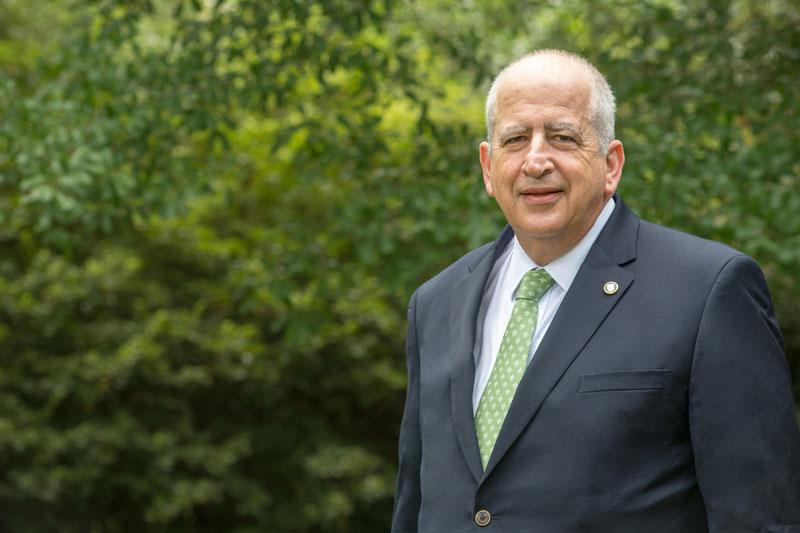Tulane’s Jay Rappaport to serve on National Institutes of Health’s coronavirus working group
Tulane National Primate Research Center Director, Dr. Jay Rappaport, was recently invited by Dr. Francis Collins, director of the National Institutes of Health (NIH) to serve as a member of a newly formed NIH public-private collaboration to rapidly and effectively respond to the novel coronavirus (COVID-19) and prepare for future pandemics. The NIH is the nation’s primary agency responsible for biomedical and public health research. Rappaport will focus his efforts on accelerating promising therapeutics for the disease as a member of this new working group. Tulanian Now recently interviewed Dr. Rappaport about this important appointment.
Q: Is it uncommon for the NIH to create a public-private collaboration such as this one to coordinate disease response?
A: It is and it isn’t. While public-private collaborations that bring together academia, public officials, and private industry aren’t uncommon, the manner in which we are working together on COVID-19 is unprecedented. It is a markedly collaborative environment with an emphasis on data sharing and moving forward quickly and nimbly. And you see that across the board in this COVID-19 research environment. There is open data sharing in real-time among the seven National Primate Research Centers and with private industry on calls with the World Health Organization. As we respond to this global health emergency, there is no “business as usual.” We need to get some critical questions about this disease answered as swiftly as possible and everyone is focused on that.
Q. How were you were invited to be a part of this collaboration?
A. Tulane President Mike Fitts nominated me to be a part of this collaboration and it’s a real honor to be part of a group that is tasked with both the opportunity and the responsibility to affect the course of this pandemic and better prepare us for future similar events. The therapeutics working group is specifically interested in moving potential treatments for this disease forward as quickly as possible and animal models are critical in determining the safety and effectiveness of these treatments. We are in the process of developing a nonhuman primate model of COVID-19 at the primate center and I will be able to share information about how that work is progressing. I’m also in close communication with my colleagues at the other centers that are working with different species for model development and can report on those efforts and what unique capabilities and capacities their centers offer.
Q. What career experiences will you be drawing on to contribute to the development of COVID-19 therapeutics?
A. Much of my career in infectious disease research has been spent in developing HIV/AIDS therapeutics and that experience will be instrumental as we consider which treatments can be moved forward to clinical trials. Because COVID-19 represents a spectrum of disease severity often in the same individuals over time, we likely will need different strategies for treatment, depending on the specific stage of disease.
Q. From what you’ve seen so far, what makes COVID-19 a particularly unique or challenging disease?
COVID-19 is unique in that while there have been nearly 140,000 deaths worldwide from the disease, the majority of individuals recover with only mild to moderate symptoms. The infection appears to more severely affect those with other health conditions such as advanced age, high blood pressure, diabetes and obesity. Unfortunately, those conditions are often associated with poverty and lack of access to care. Critically ill patients can develop an immune response that eventually overwhelms the body and so potential therapeutics will need to block the progression of the disease at an earlier stage before the immune system does more harm than good. As it will likely take 9 to 15 months to have a widely available vaccine, it is imperative that we move swiftly to develop safe and effective therapeutics now. It’s an honor to be a part of that work by contributing to this particular NIH public-private collaboration.

